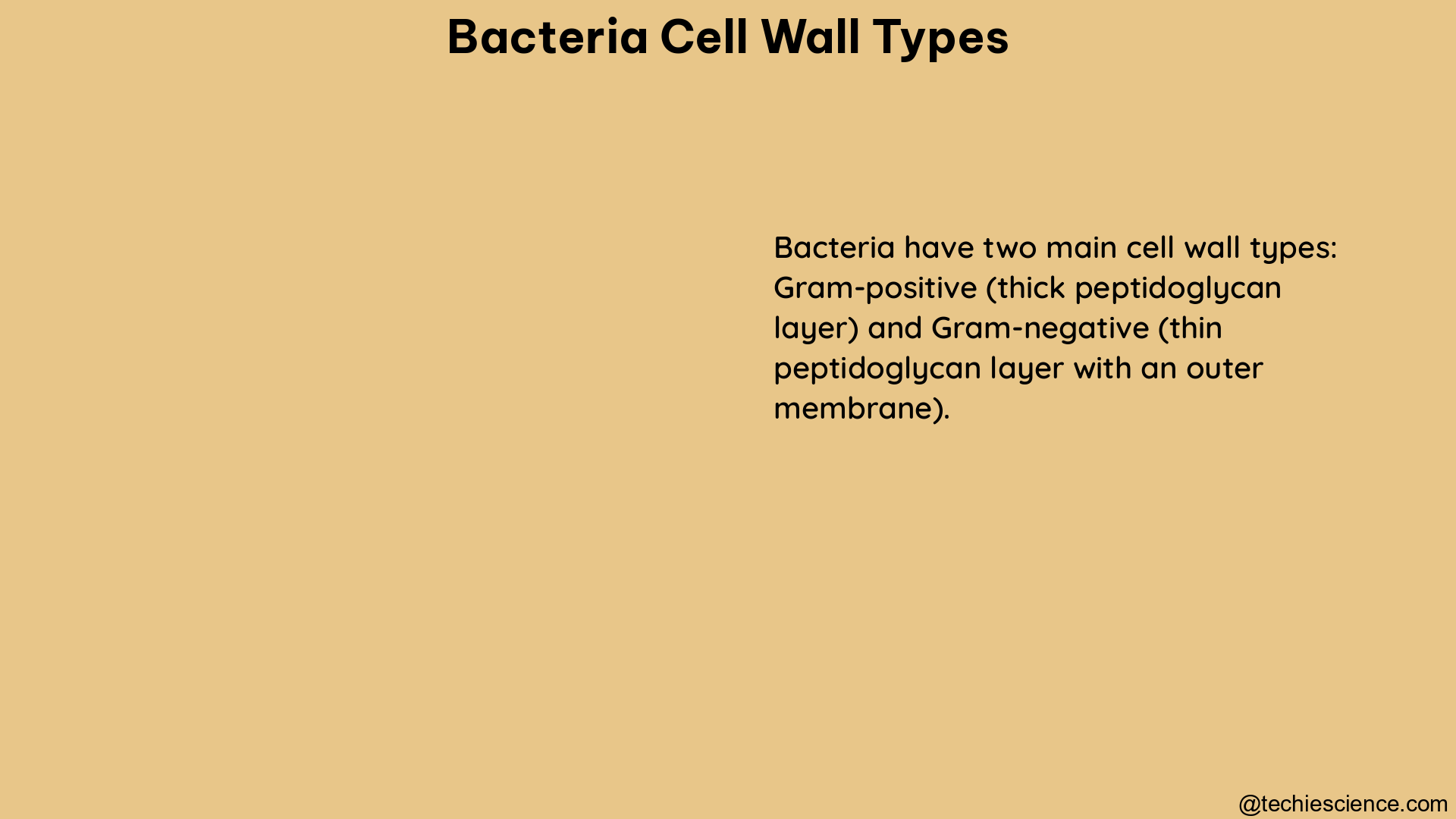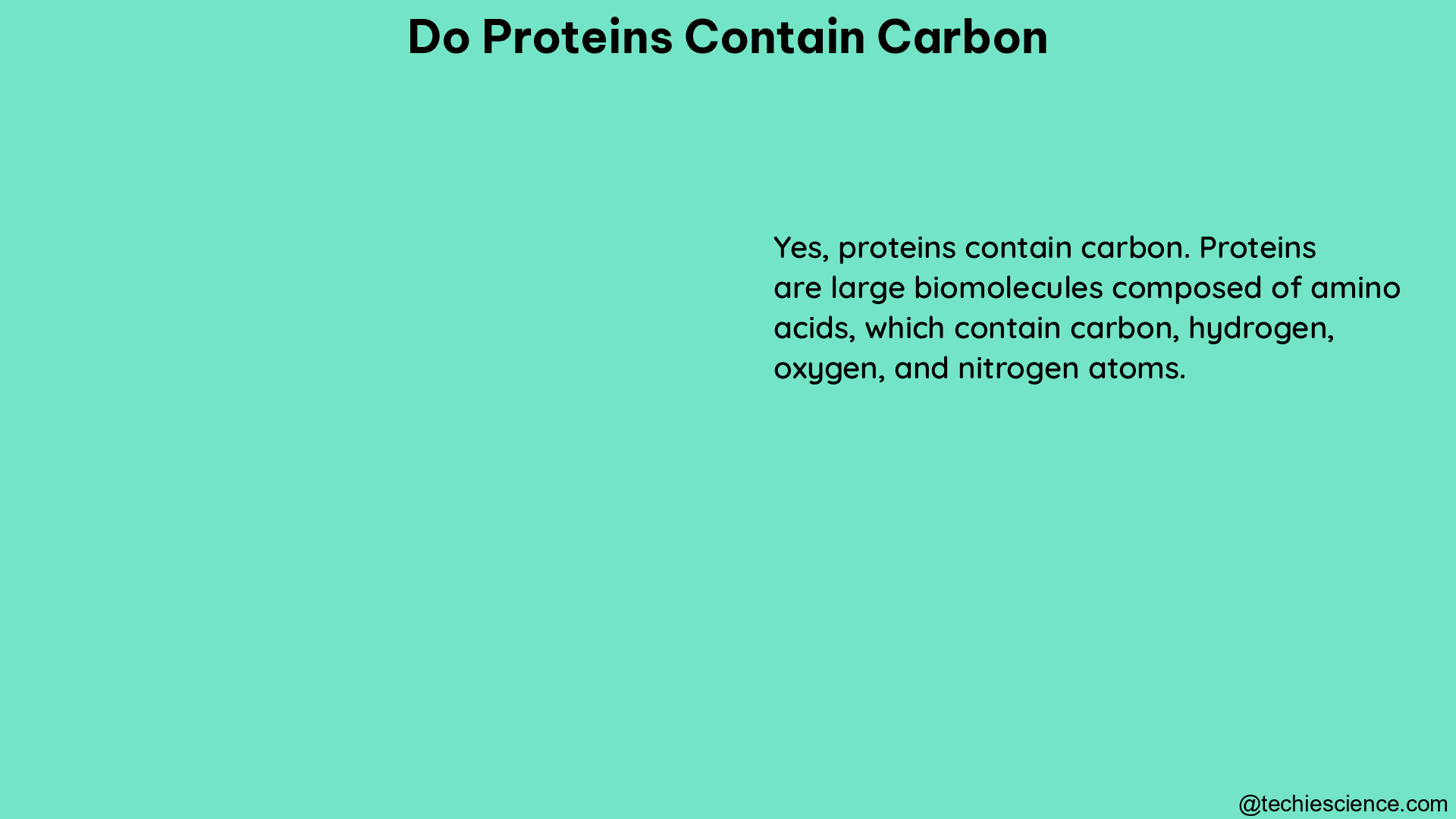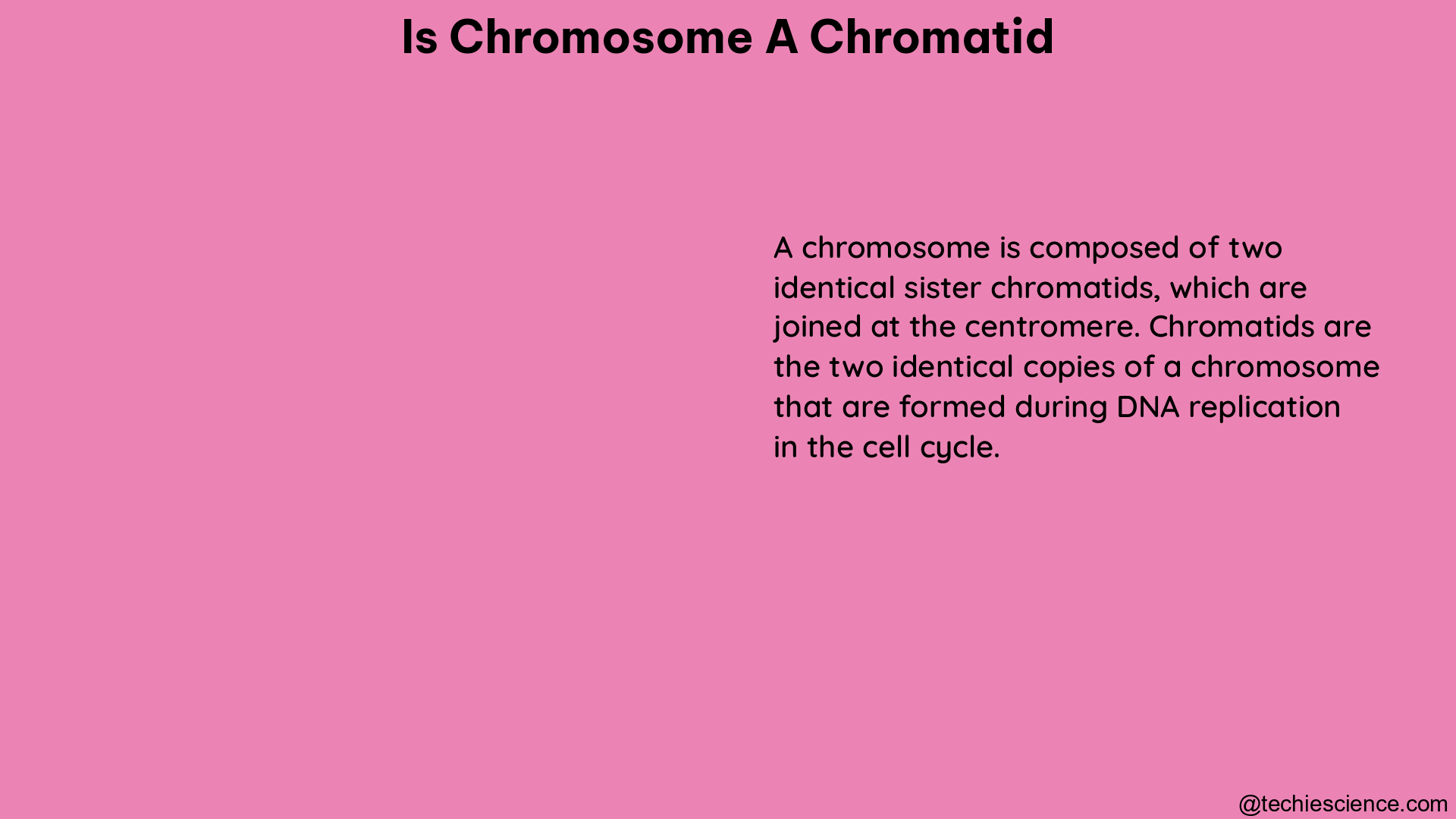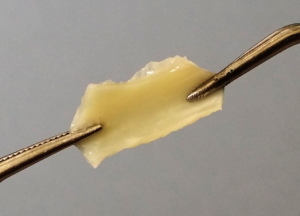The cell membrane is a crucial component of all living cells, serving as a barrier that separates the internal environment from the external environment. Contrary to popular belief, the cell membrane is not a rigid structure, but rather a fluid mosaic model, which means that it is made up of a mosaic of different components that are able to move around and change position within the membrane. In this comprehensive guide, we will delve into the details of the cell membrane’s structure, fluidity, and the factors that influence its properties.
The Fluid Mosaic Model of the Cell Membrane
The cell membrane is composed of a phospholipid bilayer, which is the main structural component. This bilayer consists of two layers of phospholipid molecules, with their hydrophilic (water-loving) heads facing outward towards the aqueous environments and their hydrophobic (water-fearing) tails facing inward, forming a barrier that prevents water-soluble substances from passing through the membrane.
In addition to the phospholipid bilayer, the cell membrane also contains a variety of other components, including:
-
Proteins: These can be embedded within the membrane (integral proteins) or attached to the surface (peripheral proteins). Proteins play crucial roles in various cellular processes, such as signaling, transport, and cell-cell interactions.
-
Carbohydrates: These are often attached to the outer surface of the membrane, forming a glycocalyx, which can serve as a recognition site for other cells or molecules.
-
Cholesterol: This lipid molecule helps to regulate the fluidity and permeability of the membrane, particularly at higher temperatures.
The fluid mosaic model of the cell membrane describes the dynamic and heterogeneous nature of this structure. The phospholipids, proteins, and other components are not rigidly fixed in place, but rather they are able to move and change position within the membrane, allowing for a high degree of flexibility and adaptability.
Factors Affecting Cell Membrane Fluidity
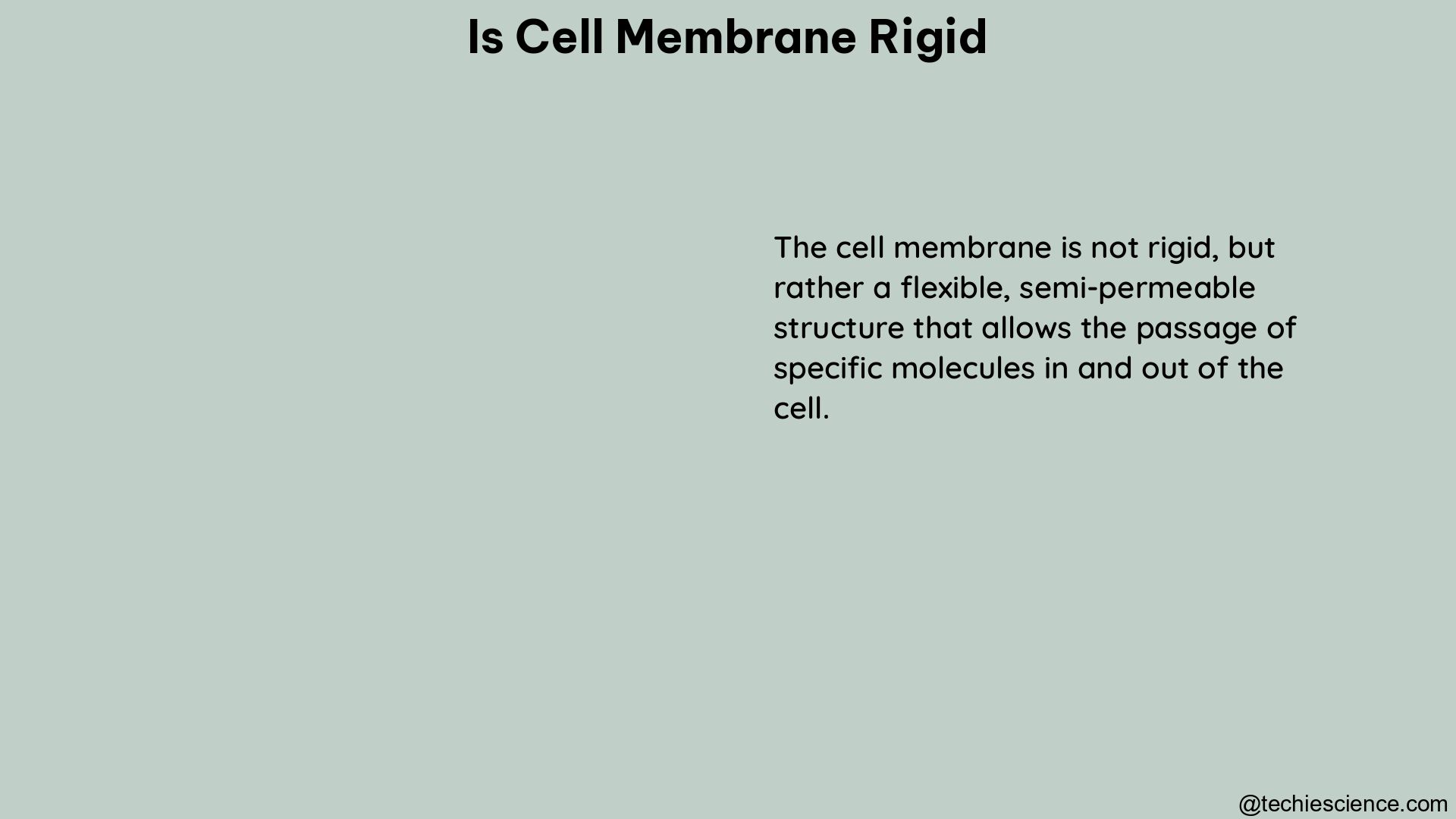
The fluidity of the cell membrane is a crucial property that determines its permeability and the ability of molecules to move in and out of the cell. Several factors can influence the fluidity of the cell membrane:
Temperature
Temperature is one of the primary factors that affect the fluidity of the cell membrane. At temperatures below 0°C, the membrane becomes very rigid due to the loss of kinetic energy of the phospholipids. This can lead to a decrease in the movement and diffusion of molecules within the membrane.
As the temperature increases from 0°C to 45°C, the membrane becomes more fluid and semi-permeable, allowing for increased movement of phospholipids and an overall increase in permeability. Above 45°C, the phospholipid bilayer begins to break down, and the membrane becomes freely-permeable, leading to increased membrane permeability and the potential for the membrane to burst due to the expansion of water inside the cells.
Lipid Composition
The specific lipid composition of the cell membrane can also influence its fluidity. Membranes with a higher proportion of unsaturated fatty acids, which have kinks in their hydrocarbon tails, tend to be more fluid than those with a higher proportion of saturated fatty acids, which have straight hydrocarbon tails.
Additionally, the presence of cholesterol in the membrane can modulate its fluidity. Cholesterol can intercalate between the phospholipid molecules, reducing the movement and fluidity of the membrane at higher temperatures, while increasing fluidity at lower temperatures.
Protein Interactions
The presence and interactions of proteins within the cell membrane can also affect its fluidity. Integral membrane proteins can act as obstacles, hindering the movement of phospholipids and reducing the overall fluidity of the membrane. Conversely, peripheral proteins that interact with the membrane can influence its fluidity by altering the packing and organization of the phospholipids.
Membrane Asymmetry
The cell membrane is often asymmetric, with different lipid and protein compositions on the inner and outer leaflets of the bilayer. This asymmetry can contribute to the overall fluidity of the membrane, as the different environments on each side can affect the movement and organization of the membrane components.
Measuring Cell Membrane Fluidity
The fluidity of the cell membrane can be measured using various techniques, including:
Fluorescence Polarization
One common method is the use of fluorescent probes, such as Laurdan, which can be incorporated into the membrane. The Generalized Polarization (GP) property of these probes can be measured using two-photon microscopy to provide information about the fluidity of the membrane.
A low GP value corresponds to a higher fluidity, while a higher GP value is associated with a more rigid membrane. This technique has been used to study changes in membrane fluidity during cellular processes, such as differentiation and development.
Electron Spin Resonance (ESR) Spectroscopy
Another method for measuring membrane fluidity is Electron Spin Resonance (ESR) spectroscopy, which uses spin-labeled lipid analogues that are incorporated into the membrane. The motion of these spin-labeled lipids can be detected by ESR, providing information about the fluidity of the membrane.
Fluorescence Recovery After Photobleaching (FRAP)
Fluorescence Recovery After Photobleaching (FRAP) is a technique that can be used to measure the lateral diffusion of lipids and proteins within the cell membrane. By selectively photobleaching a small region of the membrane and then monitoring the recovery of fluorescence, researchers can obtain information about the mobility and fluidity of the membrane components.
Biological Significance of Cell Membrane Fluidity
The fluidity of the cell membrane is crucial for a variety of cellular processes and functions:
-
Permeability and Transport: The fluidity of the membrane determines its permeability, allowing for the selective passage of molecules in and out of the cell.
-
Signaling and Communication: The movement and organization of membrane proteins, such as receptors and ion channels, are influenced by the fluidity of the membrane, which can impact cellular signaling and communication.
-
Membrane-Bound Enzyme Activity: The activity of membrane-bound enzymes can be affected by the fluidity of the surrounding lipid environment, which can influence their catalytic efficiency.
-
Membrane-Protein Interactions: The fluidity of the membrane can impact the interactions between membrane proteins, affecting their function and organization within the membrane.
-
Membrane Trafficking and Vesicle Formation: The fluidity of the membrane is important for the formation and movement of vesicles, which are involved in various cellular processes, such as endocytosis, exocytosis, and intracellular transport.
-
Cellular Adaptation: Cells can adjust the fluidity of their membranes in response to changes in their environment, such as temperature or osmotic pressure, to maintain optimal membrane function and integrity.
Conclusion
In summary, the cell membrane is not a rigid structure, but rather a fluid mosaic model composed of a variety of components, including phospholipids, proteins, carbohydrates, and cholesterol. The fluidity of the cell membrane is a crucial property that is influenced by factors such as temperature, lipid composition, protein interactions, and membrane asymmetry. Understanding the fluidity of the cell membrane and the factors that affect it is essential for understanding a wide range of cellular processes and functions.
References:
- Nicolson, G. L. (2014). The fluid-mosaic model of membrane structure: still relevant to understanding the structure, function and dynamics of biological membranes after more than 40 years. Biochimica et Biophysica Acta (BBA)-Biomembranes, 1838(6), 1451-1466.
- Sezgin, E., Levental, I., Mayor, S., & Eggeling, C. (2017). The mystery of membrane organization: composition, regulation, and roles of lipid rafts. Nature Reviews Molecular Cell Biology, 18(6), 361-374.
- Guo, M., Pegoraro, A. F., Mao, A., Zhou, E. H., Arany, P. R., Han, Y., … & Janmey, P. A. (2017). Cell volume change through water efflux impacts cell stiffness and stem cell fate. Proceedings of the National Academy of Sciences, 114(41), E8618-E8627.
- Sezgin, E., Waithe, D., Bernardino de la Serna, J., & Eggeling, C. (2015). Spectral imaging to measure heterogeneity in membrane lipid packing. ChemPhysChem, 16(7), 1387-1394.
- Levental, I., & Levental, K. R. (2015). Isolation of giant plasma membrane vesicles for evaluation of plasma membrane structure and protein partitioning. In Methods in Enzymology (Vol. 559, pp. 213-228). Academic Press.
